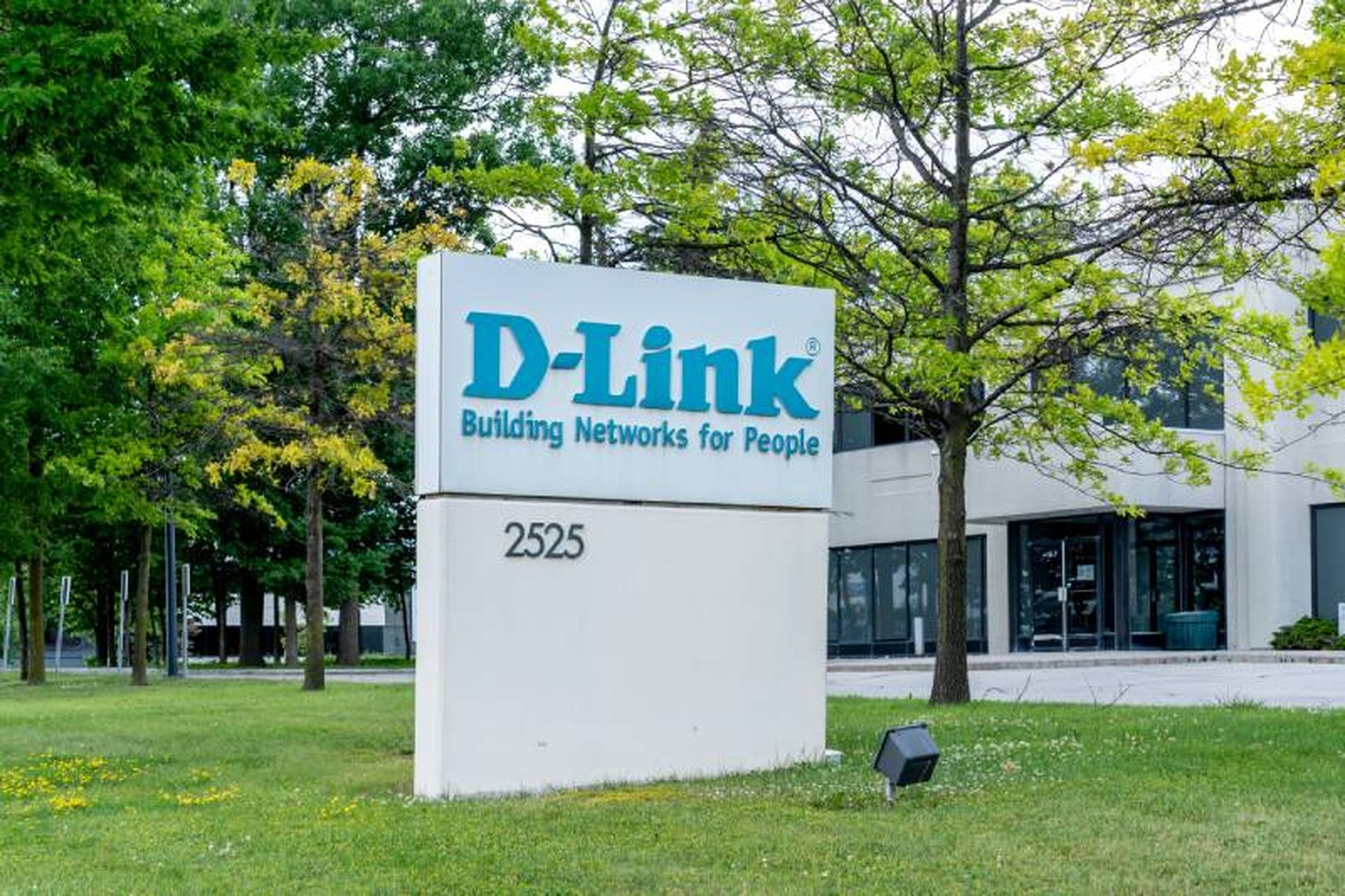
The U.S. Federal Communications Commission’s (FCC) recent decision to greenlight a voluntary cybersecurity labeling program signifies a significant stride forward in enhancing consumer awareness and protection. This initiative, mirroring the familiar concept of nutritional labels on food products, aims to provide consumers with clear, accessible information about the cybersecurity features of IoT devices like smart speakers and doorbells. By offering a U.S. Cyber Trust Mark alongside a QR code linking to a comprehensive product registry, the FCC set a new standard in IoT device certification, highlighting a commitment to transparency and security.
The program's reliance on guidelines developed by the National Institute of Standards and Technology (NIST) highlights a flexible, outcome-oriented approach to cybersecurity, something that’s essential given the diverse nature of the IoT marketplace. Flexibility becomes important here, especially considering the diverse range of devices in IoT networks, each with its own set of functions and vulnerabilities. Trying to apply a one-size-fits-all security solution simply isn't adequate. Fortunately, the FCC’s approach, which zeroes in on product-focused cybersecurity capabilities, aligns well with the intricate task of protecting our interconnected world.
The need to mitigate risks across vital sectors
This initiative by the FCC has the potential to make a considerable impact on vital infrastructure sectors, particularly in the energy industry, where IoT gets heavily deployed. With these sectors increasingly relying on IoT for operational efficiency and data analytics, the risk of cyber threats grows. The FCC's labeling program, by setting clear cybersecurity standards, could serve as a critical tool in mitigating these risks, ensuring that the devices at the heart of our essential services are secure.
The political realm, particularly around election security, could also benefit from this enhanced focus on IoT security. With state-sponsored and non-state actors seeking to exploit bugs, ensuring the cybersecurity of interconnected devices becomes paramount. The FCC's program, with the potential expansion to include disclosures about software origins and data handling practices, could offer an additional layer of security, helping to mitigate the risks posed by potential backdoors and vulnerabilities that adversaries could exploit.
Expanding on industry impact, consider the healthcare sector, where IoT devices play a crucial role in patient monitoring and data collection. The integration of cybersecurity labels would reassure both healthcare providers and patients about the security and privacy of sensitive health data, potentially accelerating the adoption of telemedicine. Another example lies in the manufacturing industry, where IoT has become integral to the industrial ecosystem. A standardized cybersecurity labeling program could protect critical manufacturing processes from disruptions caused by cyberattacks, ensuring the continuity of supply chains and safeguarding economic stability.
Global collaboration for safer IoT
The global significance of the FCC's cybersecurity labeling program extends well beyond U.S. borders, setting a precedent that could inspire international collaboration and standardized IoT security. As nations grapple with the burgeoning risks associated with interconnected devices, the program's framework offers a blueprint for establishing global cybersecurity norms.
For instance, the European Union (EU), with its stringent data protection laws, could see this initiative as a complementary mechanism to the General Data Protection Regulation (GDPR), enhancing consumer trust in IoT devices by providing transparent security credentials. Similarly, in Asia, where smart city projects are proliferating, adopting a similar labeling approach could significantly mitigate the cybersecurity risks inherent in large-scale urban IoT deployments.
Endpoint security and IoT ecosystem resilience
Endpoint security, especially in the context of BYOD cultures and the increasing number of devices connecting to corporate networks, also stands to gain from the FCC’s initiative. By establishing clear cybersecurity standards, organizations can better manage their asset inventories and secure endpoints, thus reducing the attack surface available to cyber adversaries.
Considering recent notable IoT device hacks, like the MGM Resorts data breach or the Mirai botnet attack, it's evident how essential it’s become to embrace robust security measures. These incidents highlight the vulnerabilities inherent in IoT devices and the potential consequences of security oversights. The FCC's labeling program represents a proactive step towards addressing these vulnerabilities, offering a pathway to a more secure IoT ecosystem.
As IoT continues to merge with critical infrastructure and the wider digital realm, it's clear that maintaining cybersecurity demands a vigilant, multi-layered strategy. The FCC's cybersecurity labeling program, with its focus on transparency, flexibility, and consumer empowerment, exemplifies a forward-thinking response to the challenges of the IoT era. As we navigate this interconnected world, initiatives like these play a vital role in cultivating a security-first mindset, ensuring that our industry can safely and securely realize the benefits of IoT.
Callie Guenther, senior manager of threat research, Critical Start



